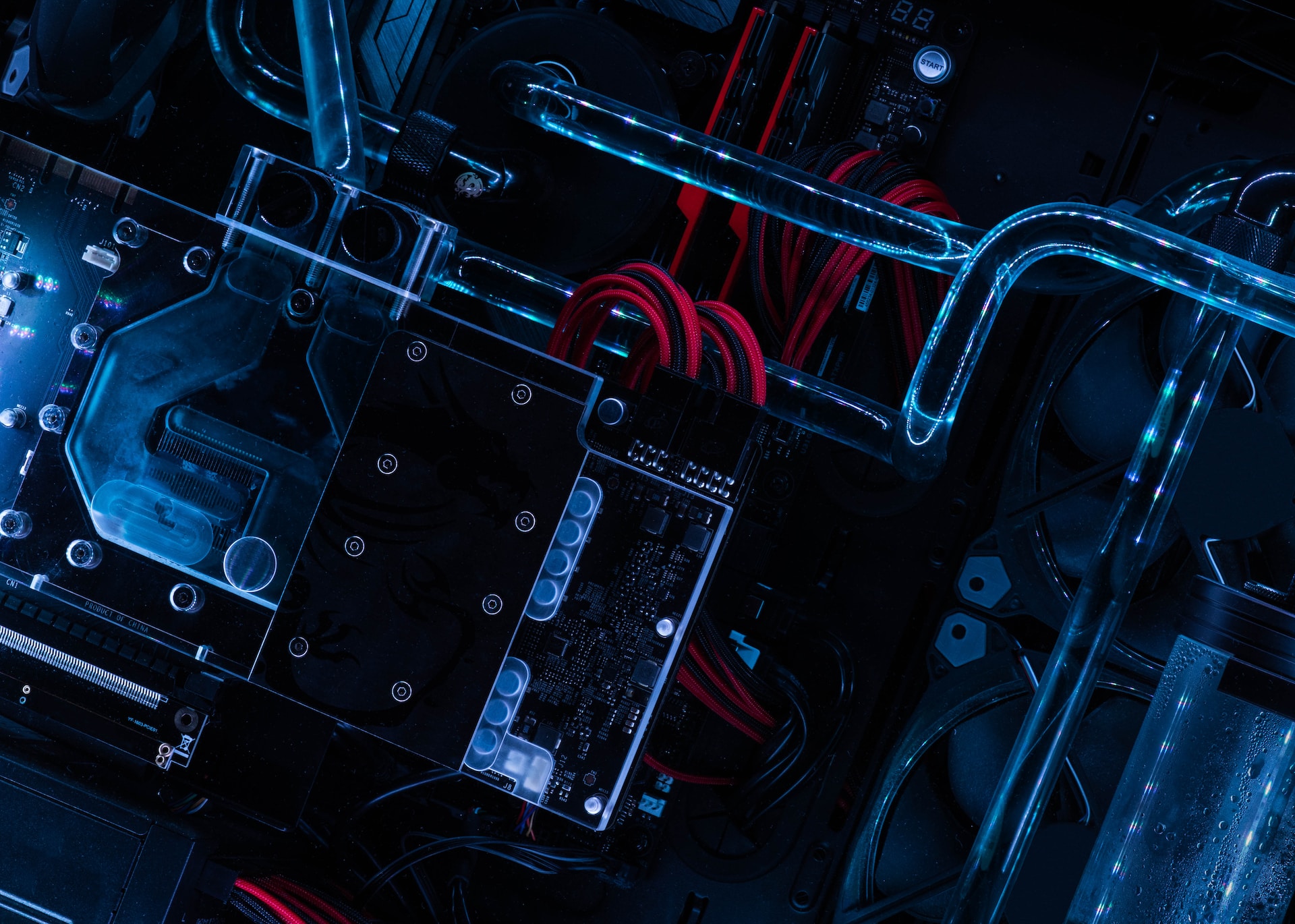The expansion of data center infrastructure is likely to be supercharged by an ongoing groundswell of Artificial Intelligence (AI) adoption. Not only will more server farms likely need to be built, but the internal operations of these facilities are likely to shift as well. For example, the employment of more GPUs to facilitate greater demand for machine learning processes means higher temperatures and greater electricity use.
One popular response to these conditions will be innovations in cooling tech. Liquid cooling is an increasingly popular method to control data center temperatures, while also cutting electricity costs. Private equity’s already robust interest in data centers is now spilling over into industries that will help bring them into the AI era. Earlier this week, KKR announced the acquisition of liquid cooling firm CoolIT.
Related ETF & REITs: First Trust Cloud Computing ETF (SKYY), Equinix, Inc. (EQIX), Digital Realty Trust, Inc. (DLR)
Data centers are likely to be a key point of expansion for tech industry titans that are quickly shifting focus to AI. More specifically, the number of hyperscale sites — larger data centers operated by companies that include Google, Microsoft and Amazon — is expected to reach 1,000 locations worldwide by 2024, according to a report from JLL. That is up from a count of 700 sites in 2021. Commercial Observer notes that there are currently 314 new hyperscale sites under construction globally. Just yesterday, Google announced plans to build two more data centers in Ohio to help power its artificial intelligence technology and other tools.
Per VentureBeat, IBM expects data center energy consumption to increase by 12% (or more) by 2030, due to the expiration of Moore’s Law – the observation that it takes two years to double the number of transistors in an integrated circuit (IC) – and an explosion of data volume, velocity and energy-intensive workloads. Raul Martynek, CEO of Dallas-based DataBank, recently told CoStar that, while traditional data server workloads might require 15 kilowatt hours of electricity per typical cabinet, or server rack, high-performance computing nodes required to train…
To read the complete Intelligence Briefing, current All-Access clients, SIGN IN All-Access clients receive the full-spectrum of MRP’s research, including daily investment insights and unlimited use of our online research archive. For a free trial of MRP’s All-Access membership, or to save 50% on your first year by signing up now, CLICK HERE










